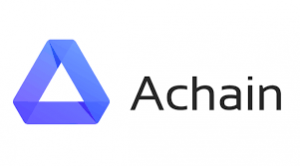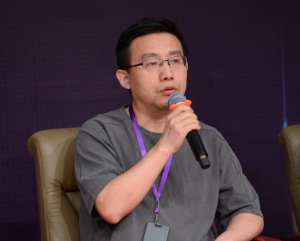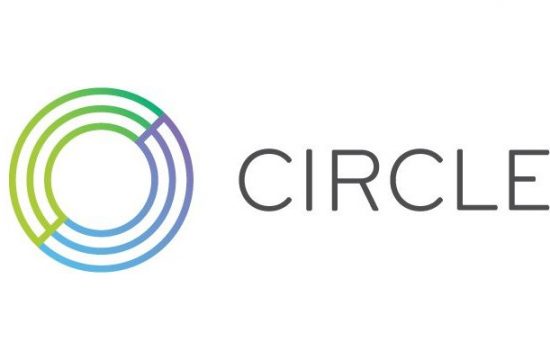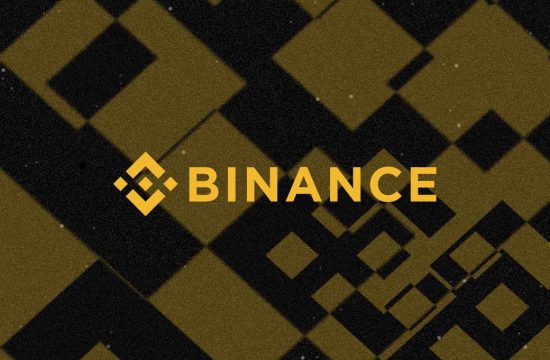 There’s little doubt that blockchain technology has changed the way in which people exchange value. The blockchain platform is certainly the most popular and widely used, however, users and innovators are starting to ask the question as to whether it, in fact, is showing signs of ageing.
There’s little doubt that blockchain technology has changed the way in which people exchange value. The blockchain platform is certainly the most popular and widely used, however, users and innovators are starting to ask the question as to whether it, in fact, is showing signs of ageing.
Blockchain as a concept is a way in which transactions can be recorded and it is done so in the form of a digital ledger. It’s most commonly associated with Bitcoin, as it is the technology that underpins the cryptocurrency.
However, critics believe that there are gaping holes in blockchain as a standalone technology. While blockchain has grown in popularity, largely because it is the data structure underlying Bitcoin technology, issues with latency and slow performance have continued to hamper the decentralised technology. And the concept, albeit still in its infancy, is ripe for disruption.
Since the initial boom in Bitcoin, users have started to call Ethereum the next iteration of blockchain. However, there is a growing group of developers out there that are turning to Direct Acyclic Graph or DAG.
DAG is directed graph data structure that uses a topological ordering. Its strengths lie in its ability to process data, scheduling and data compression. And this technology address some of the major flaws found in cryptocurrencies such as Bitcoin.
Trustnote and Achain Partnership
Two entrepreneurs from Australia and China have joined forces to take on blockchain and continue to develop the next generation of technology. Blockchain-free cryptocurrencies such as DAG technology are being heralded as the future of distributed ledgers. The resultant partnership between TrustNote and Achain aims to lead the world in the development, growth and take up of this technology.
The TrustNote Foundation, known as TrustNote, a Directed Acyclic Graph (DAG) based distributed ledger and its development platform for the tokenized economy has teamed up with the Achain Foundation, known as Achain, one of the earliest public blockchain platform, to work together to jointly promote the DAG-based ledger technology.

Founder of TrustNote, Jeff Zhou, thinks that the industry is ripe for disruption simply because of the issues with the current blockchain.
“We see scalability and usability are two of the main problems blocked today’s blockchains from mainstream adoption. The scalability issue usually leads to slow transaction times and high transaction fees when the network often becomes congested. The usability issue refers to the way today’s smart contract and wallet were designed are too heavy, making them beyond the reach of everyday consumers.” said Zhou.
“In the world of classic blockchain based distributed ledgers, taking Delegated Proof of Stake (DPoS) as an example, the transactions are verified via delegates, where the delegates (super nodes) are elected on a “one coin, one vote” basis. This is essentially using a political system to replace the decentralization methodology introduced by the Bitcoin paper.”
One of the key elements of a DAG ledger is the way in which transactions are verified. And it’s an area Trustnote is focused on.
“While DAG based distributed ledgers offer scalability over classic blockchain based distributed ledgers, in situations with a low transaction volume, new transactions will struggle to find enough parallel transactions to get quickly verified. Existing DAG ledgers like IOTA and Byteball introduced witnesses (coordinators) to solve this problem but the election of witnesses relies upon real human identity, which makes it highly predictable. Hackers can easily launch an attack against the witnesses because of this.”
“In TrustNote, although witnesses are still being used, the witnesses are completely anonymous, and the proof-of-work based witness selection is more fair and unpredictable, this addressed the problem we see from other DAG based distributed ledgers.”
Trustnote has found a way to address these issues and improve the current technology.
“We are developing an open source software infrastructure that combines proof-of-work and DAG based ledger structure all together, to build a more scalable distributed ledger, without compromising on decentralisation or security. Following the consensus of our community instead of a few core developers, we put a lot of hard work and a lot of passion into the development, we hope global developers will find it is quicker and easier to develop smart tokenized applications using our technology. We believe our transparent and community driven approach can make a positive contribution to improve the (centralized) situation because it is in line with the spirit of the Bitcoin.” said Zhou.
DAG technology appears to be a game changer for an industry only in its infancy. And that’s what is so exciting for Jeff Zhou.
“The DAG technology solves the performance and scalability problem faced by classic blockchains by verifying transactions peer-to-peer. Each new transaction automatically selects another parallel transaction to be verified by, without having to wait for a new block to be created. This means that transactions are completed almost instantly, at a much lower cost per transaction basis than is typically attached to classic blockchain transactions. The peer-to-peer structure of transaction verification mechanism within a DAG-based ledger means that high network usage actually makes transactions faster, as there are more concurrent transactions available for new transactions to be verified by,” he said.
TrustNote’s main net was launched on 18th Jan 2018 and has been running stable for more than 5 months, and the TrustNote wallet was released on the same day. So things are looking good for the company.
“As of now, we have 25,219 active wallet users who have non-zero balance in their wallets, we are happy to see the numbers are growing every day,” said Zhou.








